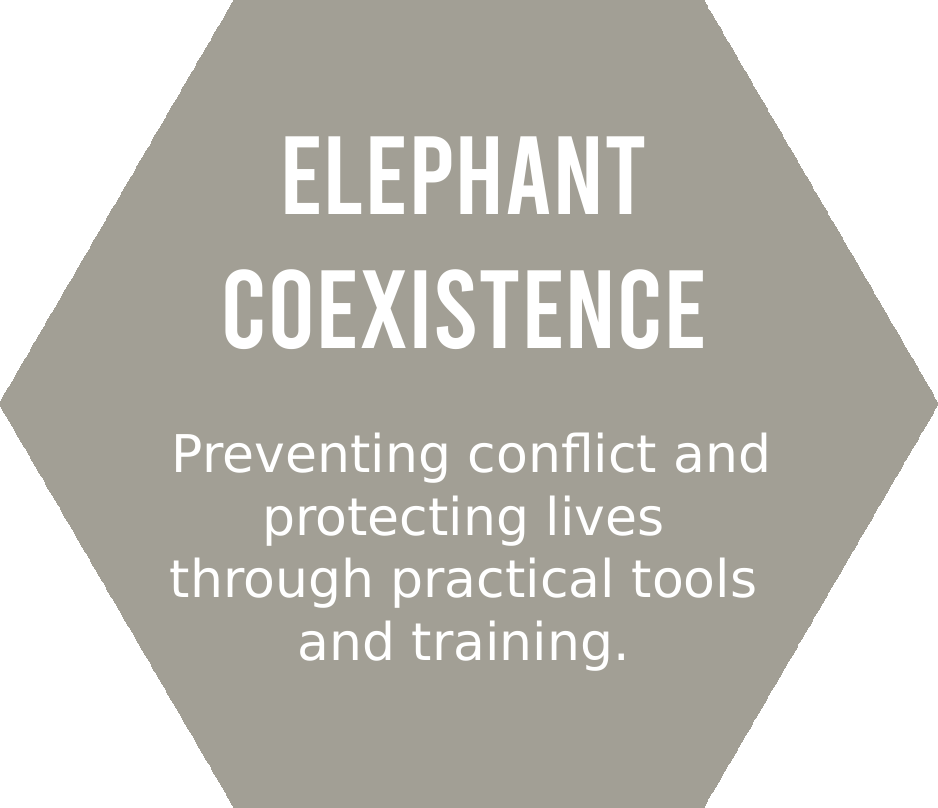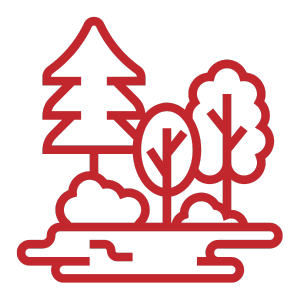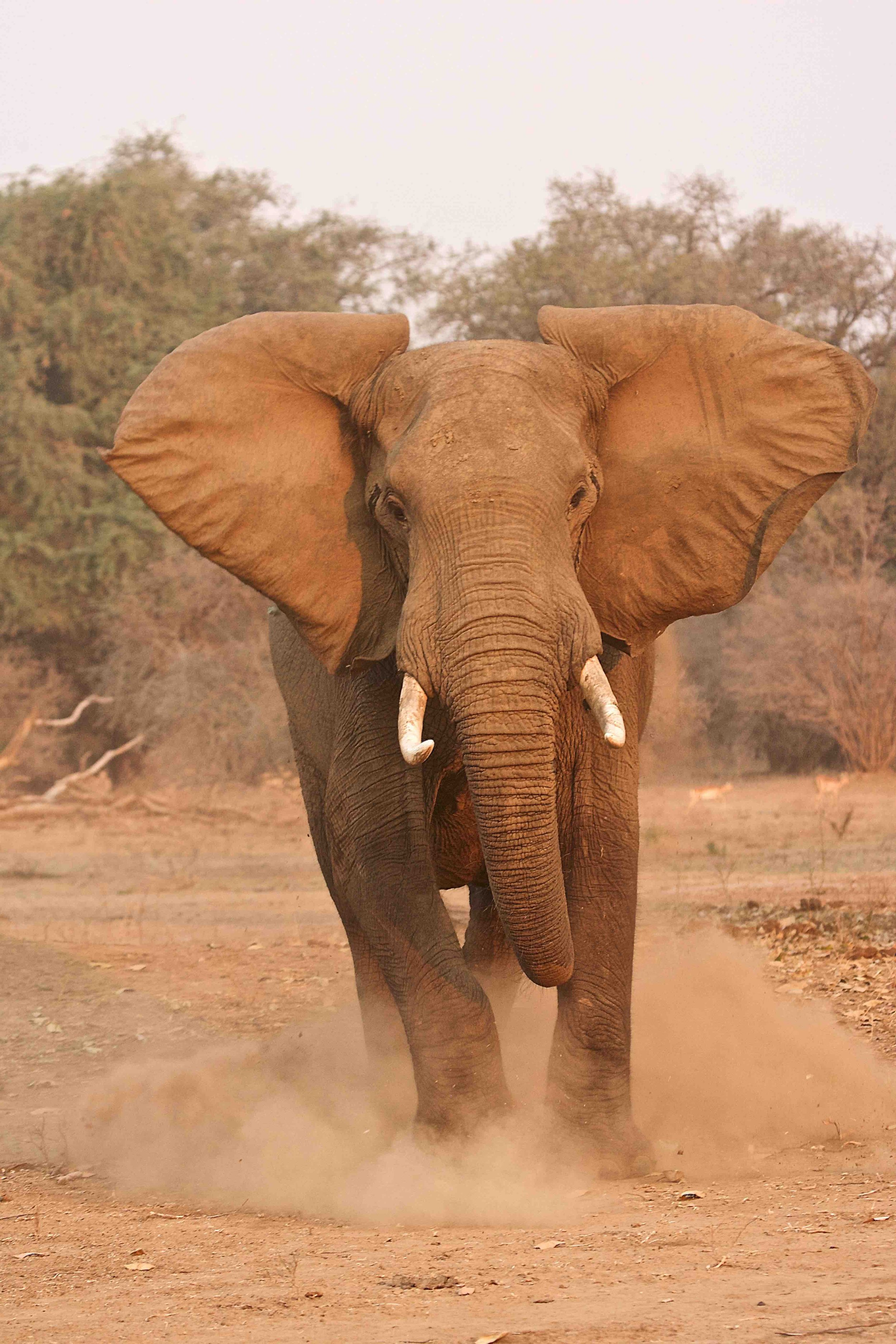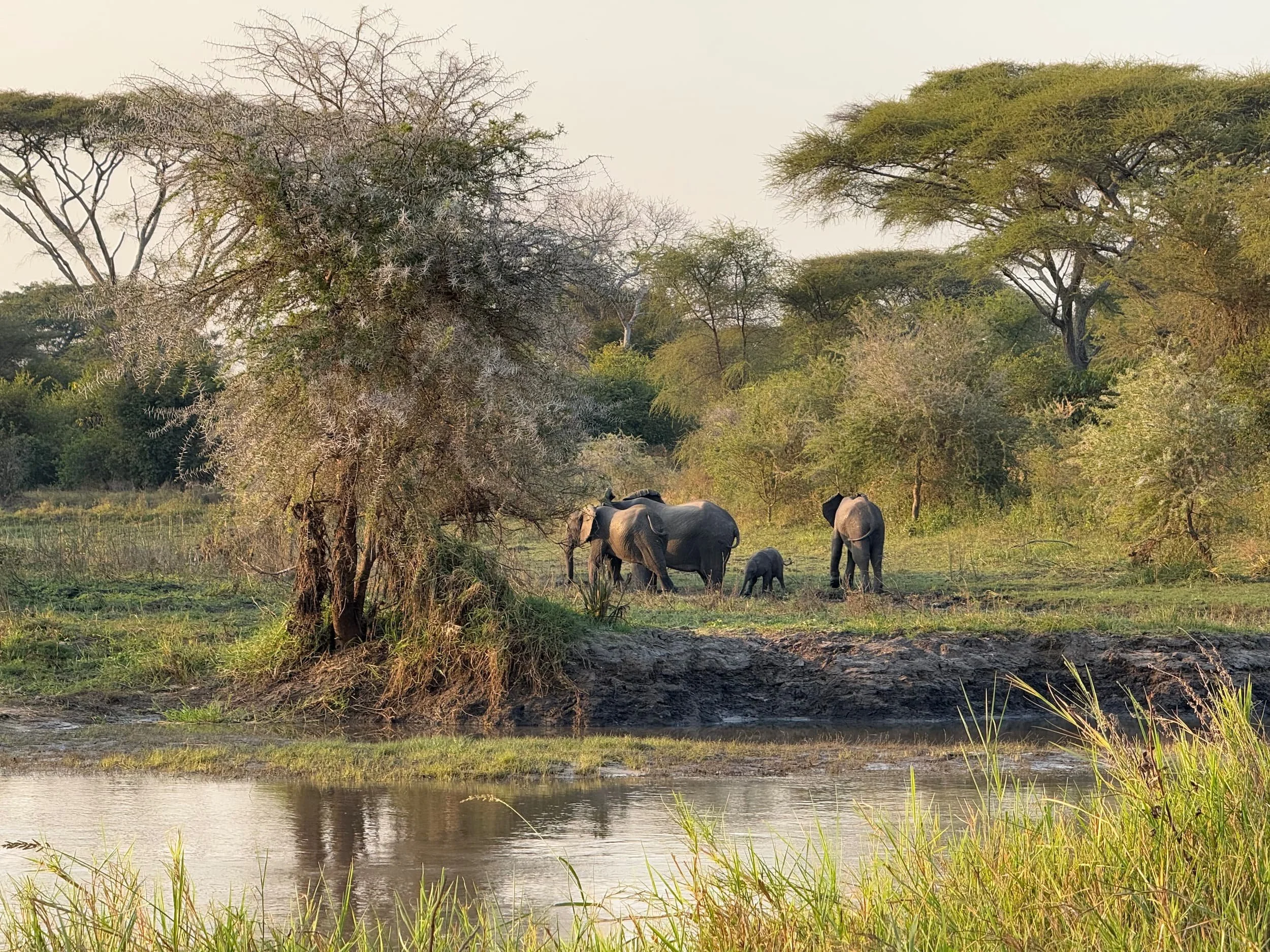
RUKWA-KATAVI ECOSYSTEM

Protecting one of East Africa’s most important elephant strongholds.
Wild Survivors works with communities, local leaders, and protected area authorities to address this challenge. Our integrated approach combines human–elephant coexistence strategies, women-led livelihoods, and corridor and biodiversity protection to secure a future where people and elephants can share this irreplaceable landscape.
A vital refuge for both people and wildlife.
In south-west Tanzania, the Katavi–Rukwa ecosystem, the miombo woodlands, rivers, and lakes support over 4,000 elephants — one of Tanzania’s largest remaining populations — along with a rich diversity of other species. Four key corridors — Katavi–Mahale, Katavi–Rukwa–Rungwa, Loazi–Lwafi, and Loazi–Kalambo — connect these landscapes and are essential for long-term movement, genetic diversity, and ecosystem resilience.
These connections are under growing strain. Climate shifts, changing land use, and pressures on natural resources have increased contact — and conflict — between elephants and communities. In some areas, crop-raiding has risen sharply, threatening livelihoods and safety, while habitat loss puts long-term elephant survival at risk.
why this ecosystem matters
-
In the Rukwa-Katavi ecosystem, we work in:
Kizi
Kibaoni
Kashela
Sitalike & Situbwike
Human–Elephant Coexistence
In villages like Kashela, Kibaoni, Kizi, and Sitalike, daily life can be disrupted by nocturnal elephant crop-raiding.
We support communities with:
Beehive and chilli fences co-designed with farmers for their specific land
Training for Elephant Conservation Ambassadors and Farm Guards
A community-driven monitoring system that traces each elephant incident
HEC toolkit training for local Lwafi and Rukwa Game Reserves
Engagement with Katavi National Park to scale frontline response
Women & Bees
Four women’s groups are leading the charge, each managing apiaries and permaculture gardens that deliver livelihood and environmental benefits, such as boosting income, food security, and climate resilience — while keeping value in the community.
Beekeeping and honey production
Climate-resilient vegetable gardening
Profits reinvested into microloans for other women
Peer-to-peer training delivered in local languages
Corridor Protection & Biodiversity Monitoring
The Rukwa–Katavi landscape hosts vital elephant movement routes—but they are under growing pressure.
In collaboration with Mpimbwe WMA and surrounding communities, we:
Map and protect core elephant corridors
Promote landscape planning that bridges village lands with protected areas
Deploy camera traps and acoustic sensors to track species presence
Our Biometrio project is already yielding crucial monitoring data on species like honey badger, civet, duiker, and bushpig — helping us focus conservation where it matters most.
Results So Far
-
Beehive fence sites show reductions ranging from 40–63% in the first season, with further decreases expected as hive occupancy increases.
-
The chilli fence site (Kizi) recorded a 100% reduction in the first full month post-installation, followed by a small number of incidents during the habituation period.
The chilli fence site (Kizi) recorded a 100% reduction in the first full month post-installation, followed by a small number of incidents during the habituation period.
-
Total members: 168 women actively engaged across four groups
Malikia Wa Nyuki (Kibaoni) – 42 members
Kashela Women’s Beekeeping Group – 40 members
Wanawake Jasiri (Kizi) – 43 members
Situbwike Women’s Group – 43 members
Two group apiaries installed to date, with two more planned in the next phase.
Training delivered in beekeeping, permaculture, and human–elephant coexistence toolkits.
-
Through the Biometrio camera trap and acoustic monitoring system, we are recording corridor wildlife presence, including African civet, honey badger, aardvark, duiker, and bushpig.
Early data is helping identify priority conservation areas and measure biodiversity health alongside human–elephant conflict trends.
These results demonstrate early but significant progress in reducing conflict, increasing local capacity, and improving livelihoods — all while strengthening protection for one of Tanzania’s most important elephant corridors.

But we don't do this alone.
Wild Survivors is proud to collaborate with the below organisations to help us deliver our vital conservation work:
Funding Partners:
Conservation Partners (funding and on-ground support):
Rukwa Game Reserve
District-level governments and village leaders
Women’s groups and field teams across four villages

EXPLORE MORE
EXPLORE OUR OTHER ECOSYSTEMS
-
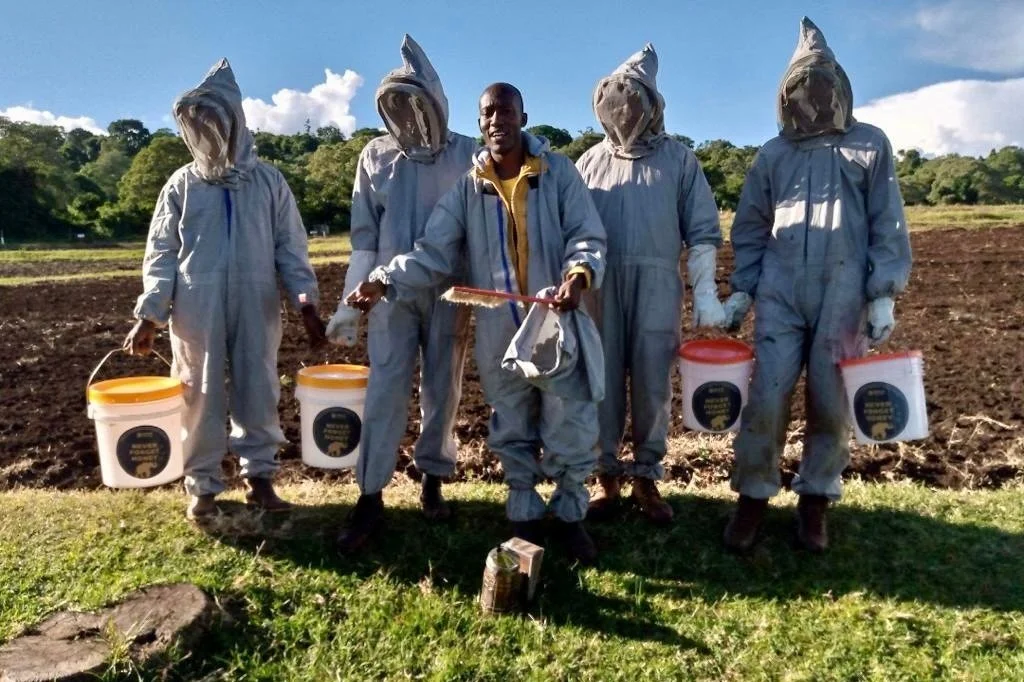
NGORONGORO ECOSYSTEM
-

SERENGETI ECOSYSTEM







